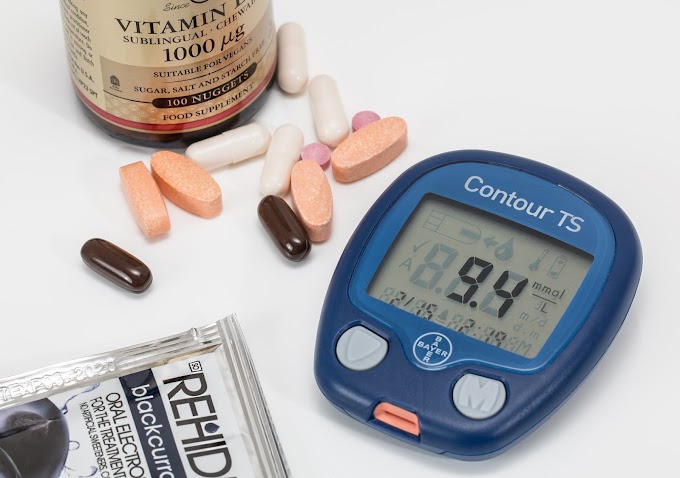The signs of a heart attack?
Principle of glycerin suppositories Contraindications to antidepressants Consequences of Almagate Abuse
In general, symptoms of a heart attack can be easily identified. If you feel a sudden pain in your chest and the pain spreads to your left arm and sinuses, a very dangerous situation can arise and you should respond immediately. Precursors of a heart attack or angina are also signs of a problem somewhere, so immediate treatment is needed. However, it can be considered relatively less dangerous than a heart attack itself. Let's take a look at the signs you need to remember to know for sure about the symptoms of a heart attack and prevent more serious problems.
First of all, you need to know for sure what are the signs of a heart attack. A precursor to a heart attack is an imbalance in the proper functioning of the heart muscle, called the heart muscle. This muscle dysfunction causes chest pain without adequate blood flow to the heart. Chest pain can occur rapidly and frequently, which is a clear sign that coronary artery disease is developing and that specialized treatment by a cardiologist is required.
First of all, you need to know for sure what are the signs of a heart attack. A precursor to a heart attack is an imbalance in the proper functioning of the heart muscle, called the heart muscle. This muscle dysfunction causes chest pain without adequate blood flow to the heart. Chest pain can occur rapidly and frequently, which is a clear sign that coronary artery disease is developing and that specialized treatment by a cardiologist is required.
Sign of a heart attack.
Chest pain or discomfort Strong pain in the arms, neck, chin, shoulders, and back sickness fatigue Shortness of breath unrest Hyperhidrosis Dizziness
According to people who have had signs of a heart attack, when symptoms do occur, they feel strong pressure on their chest, as if lifting something very heavy.
Heart atack signs in womensWomen may experience different symptoms, such as stabbing pain, nausea, shortness of breath, and abdominal pain rather than pressure or weight felt in the chest. So it can be confused with other health problems. Because of this, there are often situations in which a proper diagnosis is delayed.
Pre-Heart Attack Symptoms: How Serious Is It?
In fact, the symptoms of a heart attack may differ from other diseases in terms of severity and duration. Be aware of and mindful of new or other symptoms. This is because the real problem may be unstable angina, which is far more dangerous than normal angina.
The most recommended way is to see your doctor immediately if you experience more than one symptom, as this is a clear sign that the heart is not functioning properly. Then you may need to start treatment so that the problem can be resolved in time.
The most recommended way is to see your doctor immediately if you experience more than one symptom, as this is a clear sign that the heart is not functioning properly. Then you may need to start treatment so that the problem can be resolved in time.






0 Comments